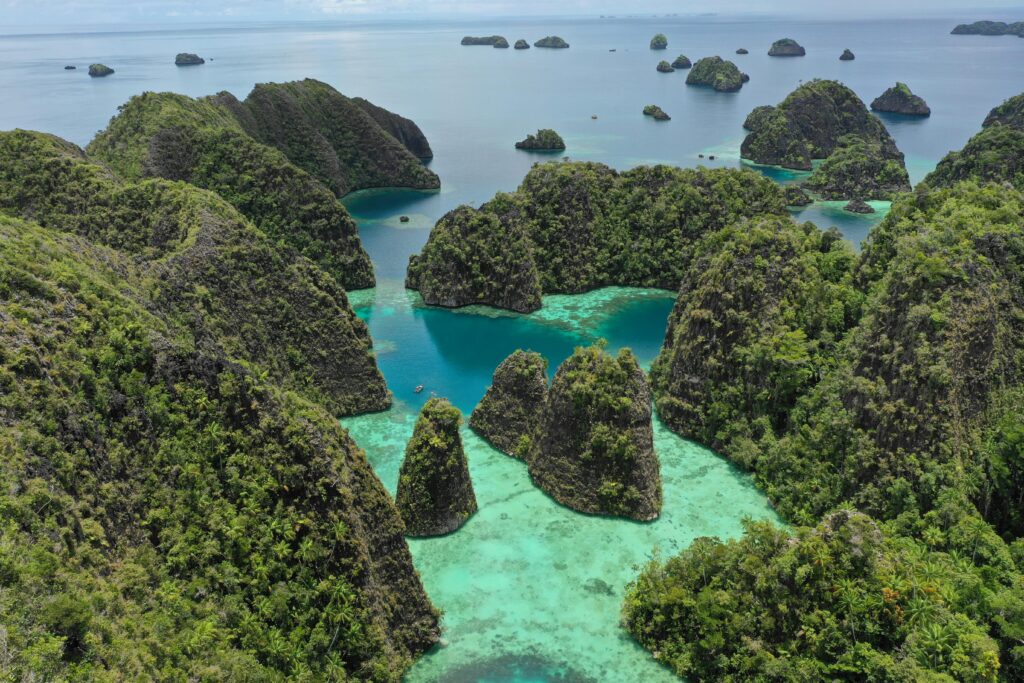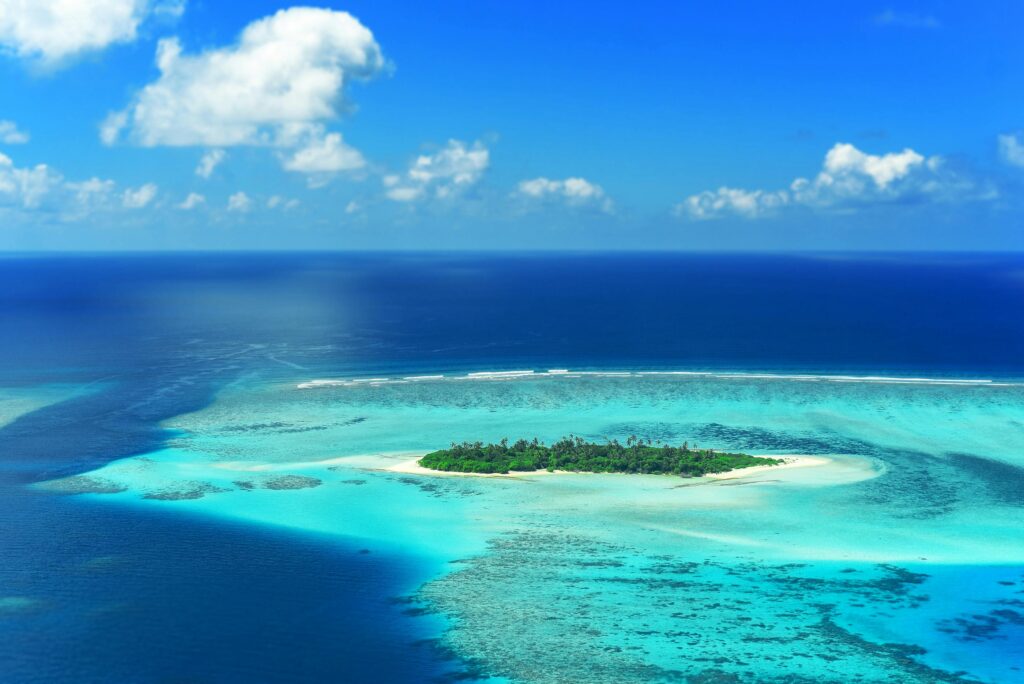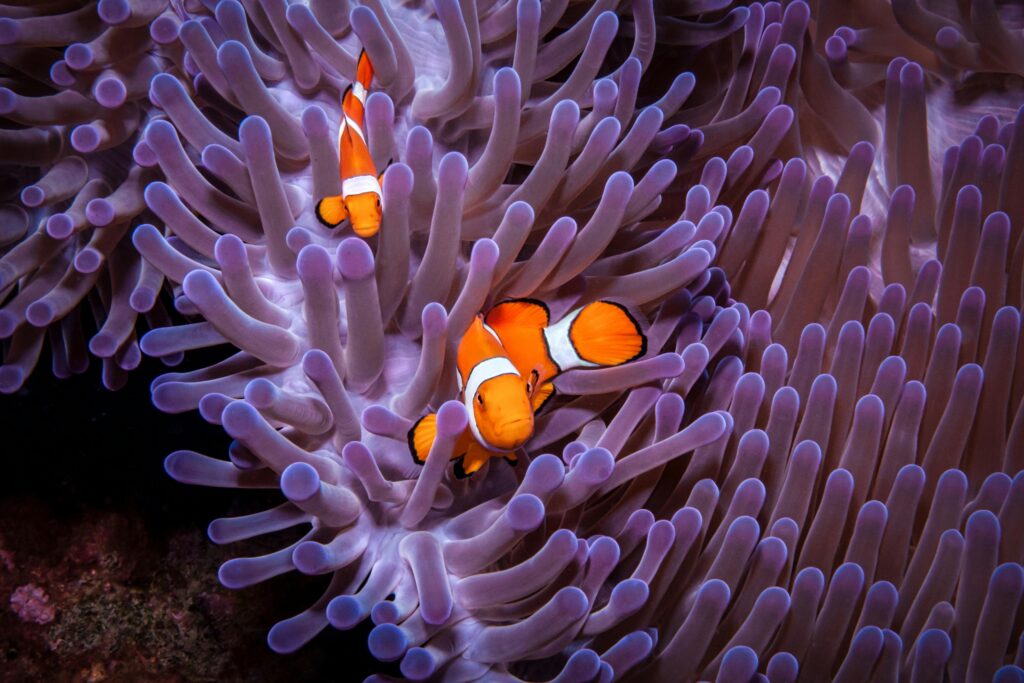If you’re here, you’re wondering, where are the best diving spots in the world?
Whether you’re dreaming of drift dives, vibrant coral reefs, or underwater wrecks that tell stories of the past, there’s something on this planet for every diver.
No fluff. Just the top places to pack your gear for and go.
In no particular order, let’s dive in!
1. Raja Ampat, Indonesia
Why it’s epic:
- Known as the biodiversity hotspot of the ocean.
- You’ll find over 1,500 species of fish and 500+ types of coral.
- Expect encounters with manta rays, wobbegong sharks, and schools of barracuda.
Pro tip: Stay at a dive resort that offers liveaboard options for maximum reef access.
Raja Ampat’s underwater landscapes are unparalleled. The coral reefs here are some of the most pristine in the world, thriving thanks to the region’s remote location. Divers often describe it as an underwater Eden. With its strong conservation efforts, Raja Ampat remains a bucket-list destination for anyone passionate about marine life.

2. The Great Barrier Reef, Australia
What makes it special:
- It’s the largest reef system on Earth.
- Perfect for divers of all levels
- Plenty of resort diving options
- Frequent sightings of sea turtles, reef sharks, and vibrant coral gardens.
Dive season: Anytime, but July to November gives you calmer seas and better visibility.
This iconic site spans 2,300 kilometres and is home to countless dive sites, from shallow coral gardens to deeper pinnacles. While it’s a great beginner-friendly location, experienced divers can explore the outer reefs for a more untouched experience. The Great Barrier Reef is also a fantastic destination for combining diving with topside activities like sailing and island hopping.
3. The Great Blue Hole, Belize
What’s the deal:
- It’s a 124-meter-deep sinkhole that’s visible from space.
- You’ll descend into eerie stalactites and spot reef sharks cruising the depths.
Fun fact: Jacques Cousteau himself declared it one of the top best dive sites in the world!
While the Great Blue Hole is a must dive for its unique geology, the nearby atolls, like Turneffe and Lighthouse Reef, offer equally stunning coral reefs and marine life. The combination of thrilling wall dives and colourful shallow reefs makes Belize a well-rounded destination for all skill levels.
4. Tubbataha Reefs, Philippines
Why divers love it:
- Remote and pristine – you can only get there by liveaboard.
- Packed with vibrant coral walls and schools of jackfish.
- Keep your eyes peeled for whale sharks and hammerheads.
Season: March to June for the calmest seas and clearest waters.
A UNESCO World Heritage Site, Tubbataha boasts incredible visibility, vibrant coral gardens, and pelagic species galore. It’s one of the few places where the reefs remain untouched by mass tourism. Divers often rave about the adrenaline rush of swimming alongside massive schools of fish and apex predators.
5. Galápagos Islands, Ecuador
What makes it unique:
- Dive with marine iguanas (yes, they’re real) and playful sea lions.
- Sites like Darwin’s Arch are hotspots for hammerheads and whale sharks.
- Strong currents make this one for advanced divers.
Tip: Plan your trip from June to November for the best chance to see large schools of hammerheads and whale sharks. The currents are stronger, but the marine life action is unmatched.
The nutrient-rich waters of the Galápagos make it a haven for unique species. From mola mola (sunfish) to massive schools of hammerhead sharks, every dive feels like a once-in-a-lifetime experience. The islands are also steeped in history, offering a fascinating glimpse into evolution and ecology.
6. The Red Sea, Egypt
Highlights:
- Dive sites like Ras Mohammed and the Thistlegorm wreck are world-renowned.
- Calm waters perfect for beginners.
- Bright reefs, teeming fish life, and crystal-clear conditions.
Tip: If you’re into wrecks, don’t miss the SS Thistlegorm. It’s like swimming through a time capsule.
Affordable and accessible, the Red Sea is a staple for divers across Europe. Its warm waters and diverse sites make it an ideal destination for all skill levels. The vibrant marine life, combined with fascinating historical wrecks, makes Egypt a top diving destination.
7. Maldives
Why it’s on every diver’s wishlist:
- Endless atolls with reefs just waiting to be explored.
- Manta ray cleaning stations are a surreal experience.
- Top-tier resort diving options.
Season: November to April for the best visibility and manta migrations.
The Maldives offer luxury alongside top tier diving. The marine life here is abundant, with regular sightings of sharks, rays, and colourful reef fish. Many resorts have house reefs for convenient dives, while liveaboards allow for exploration of the outer atolls, where untouched reefs and larger pelagics thrive.

8. Palau

What to expect:
- Drift dives at the famous Blue Corner.
- Sharks. Lots of them.
- Jellyfish Lake, where you can snorkel with harmless jellyfish.
Hot tip: Opt for a liveaboard to hit all the top sites efficiently.
Palau combines thrilling drift dives with serene lagoons. Blue Corner is a standout site, where nutrient-rich currents attract schools of sharks and other pelagics, making it a top destination for thrill-seekers. The country’s commitment to marine conservation ensures the reefs remain healthy and vibrant.
FAQs About Diving Around the World
What is the best season for diving?
It depends on the destination. Tropical spots like the Maldives or Indonesia are great year-round, while places like the Galápagos have distinct peak seasons (June-November for big pelagic encounters).
Do I need a PADI certification?
Yes, most top dive spots require at least an Open Water certification. Some advanced sites, like The Great Blue Hole or Galápagos, will ask for additional qualifications.
Can non-divers enjoy these places?
Absolutely. Many diving destinations offer snorkeling trips or glass-bottom boat tours for non-divers. Locations like the Maldives and the Great Barrier Reef are especially great for mixed groups of divers and non-divers.
What gear should I bring?
Most spots provide rentals, but bringing your mask, snorkel, and fins guarantees comfort and fit. Wetsuits are usually site-specific (thicker for cooler waters). A dive computer is also a handy addition. While Divemasters leading dives will always have a dive computer, many like to know their specific details as well for safety and logging.
Are liveaboard trips worth it?
If you want to dive remote sites and maximise your time underwater, liveaboards are 100% worth it. Plus, they’re often all-inclusive, which makes planning easier. For locations like Raja Ampat and Tubbataha, they’re the only way to reach the best sites.
Why These Diving Spots?
They’re not just hype. They’ve been tried, tested, and loved by divers from all walks of life.
From beginners to seasoned underwater pros, these locations prove time and again why they’re called the best diving spots in the world.
So, where are you heading next?
Pack your gear and get ready for some unforgettable underwater adventures.